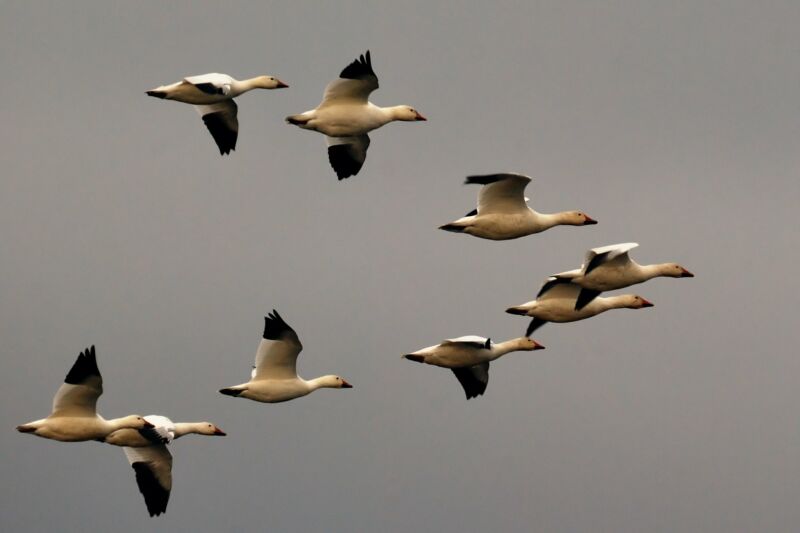
Enlarge (credit: Alberto_VO5 / Flickr)
Even thought it was, in most ways, identical to the present planet, the Earth still looked very different at the bottom of the last ice age 20,000 years ago. The globe was around 4°C cooler on average, and ice sheets covered large portions of the Northern Hemisphere, including Canada and Scandinavia. One thing you might wonder, given how much of the planet was barely habitable, is what migratory species did.
Given the loss of all that habitat to mile-thick glacial ice and a reduced winter-summer contrast courtesy of Earth’s orbital cycles, some researchers have hypothesized that bird migration wasn’t much of a thing then. Is it possible that bird species turned this behavior on and off through the ice ages?
A team led by Yale’s Marius Somveille tested this idea with a model of the factors controlling migratory behavior—and it predicts patterns surprisingly similar to the present day.
No comments:
Post a Comment